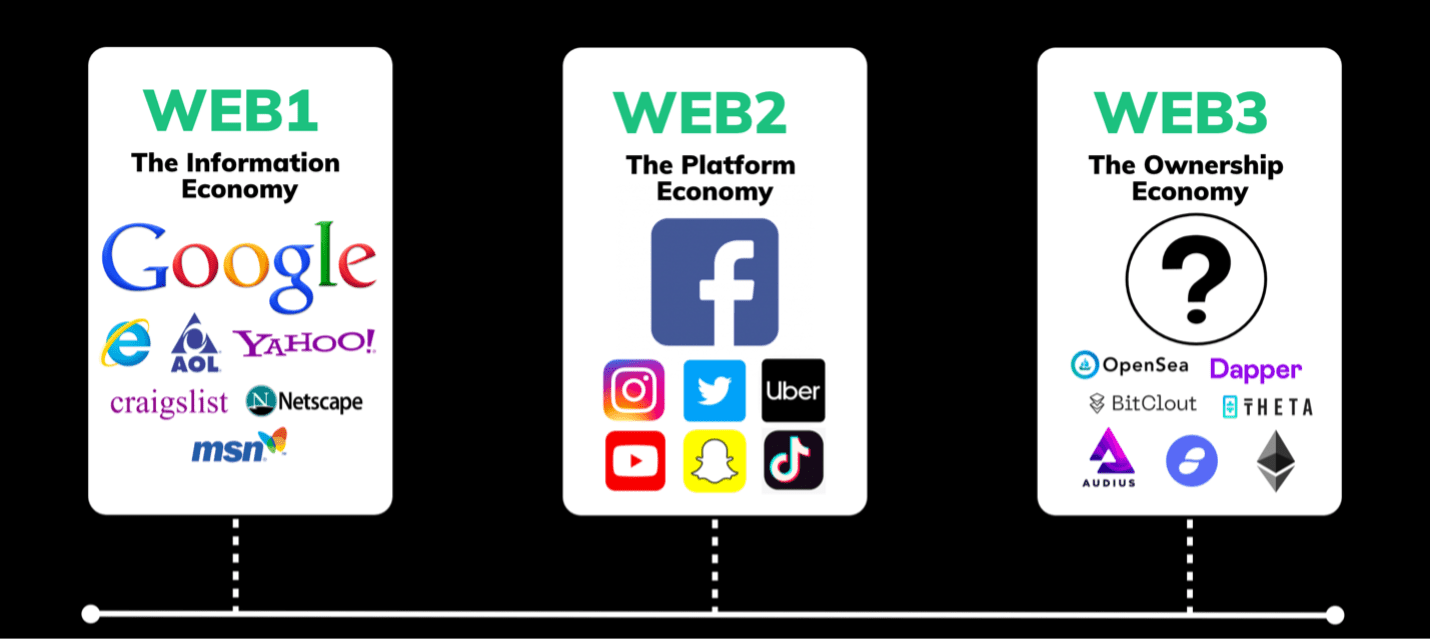[et_pb_section fb_built=”1″ admin_label=”Section” _builder_version=”4.17.3″ background_color=”RGBA(255,255,255,0)” custom_margin=”||0px||false|false” custom_padding=”||0px||false|false” global_colors_info=”{}”][et_pb_row admin_label=”Row” _builder_version=”4.17.3″ background_size=”initial” background_position=”top_left” background_repeat=”repeat” width=”100%” module_alignment=”center” custom_margin=”0px|0px|0px|0px|false|false” custom_padding=”0px|0px|0px|0px|false|false” global_colors_info=”{}”][et_pb_column type=”4_4″ _builder_version=”4.16″ custom_padding=”|||” global_colors_info=”{}” custom_padding__hover=”|||”][et_pb_text admin_label=”Text” _builder_version=”4.16″ background_size=”initial” background_position=”top_left” background_repeat=”repeat” global_colors_info=”{}”]Recently, Justin Bieber spent 500 ethereum, or $1.29 million at the time, on a Bored Ape Yacht Club (BAYC) NFT. You’re probably familiar with the popular digital art collection, which has also been touted by celebrities like Jimmy Fallon, Snoop Dogg, Paris Hilton and others. What’s unique about Bieber’s transaction, though, is that he purchased BAYC #3001 for more than 500% of its estimated market value. And that got people talking.
Headlines like these leave many people asking questions like, “Why would you spend money on that?” and more pressing, “Should I be spending money on that?” Even more complicated is the decision for brands to get involved. McDonald’s, Coca-Cola, Nike and dozens of other household names have already jumped head first into blockchain technology, but with so many unknowns, it makes sense that some companies are wary of the move. As marketers and stewards of the future of brands, it is our responsibility to distinguish between what is hype and what is the hope for the future. And at Luckie, it’s in our nature to flex our analytical and strategic muscles while evaluating new opportunities. Let’s walk through it together.
Starting With the Basics

The umbrella term that is being used to speak about this next stage of connected technologies is Web3. This iteration of the internet differs from past versions in several key ways:
- Web3 is decentralized, meaning there is no central authority to control user participation and data. Anyone can take part in the network with no censorship or terms of service.
- Payment is built-in via your cryptocurrency wallet. This means you don’t have to share any personal data to make a purchase, your payment is not managed by a corporation, and you can’t undo a transaction.
- Web3 servers operate on a decentralized network of thousands of computers, so there is no single point of failure.
See also: Tech Trends Have Changed Marketing, But It’s Still About the Story
Less Trust, More Truth
The fundamental shift of Web3 marketing is understanding that consumers are going to have more control over their data and how they engage with brands. Because of its decentralized nature, Web3 has no gatekeeper — it is the users themselves who will earn ownership. Gavin Wood, who coined the term “Web3,” describes it as “less trust, more truth.” Users will no longer have to rely on blind trust in centralized platforms like Facebook or Google. Instead, the blockchain will provide transparency and credibility to services. Therefore, consumers will be more independent than ever.
What does this mean for marketing? Audiences who are empowered through a decentralized network will need to be targeted very differently than traditional Web2 audiences, and it will take a comprehensive Web3 strategy to reach them effectively. I recently sat down with Anna Gardner and Jack Luckie to discuss what Web3 marketing will look like for our clients:
Less Trust, More Truth
The fundamental shift of Web3 marketing is understanding that consumers are going to have more control over their data and how they engage with brands. Because of its decentralized nature, Web3 has no gatekeeper — it is the users themselves who will earn ownership. Gavin Wood, who coined the term “Web3,” describes it as “less trust, more truth.” Users will no longer have to rely on blind trust in centralized platforms like Facebook or Google. Instead, the blockchain will provide transparency and credibility to services. Therefore, consumers will be more independent than ever.
What does this mean for marketing? Audiences who are empowered through a decentralized network will need to be targeted very differently than traditional Web2 audiences, and it will take a comprehensive Web3 strategy to reach them effectively. I recently sat down with Anna Gardner and Jack Luckie to discuss what Web3 marketing will look like for our clients:
https://vimeo.com/703319231
The Hype and the Hope
So of all the buzzwords we see in the news, which ones are hype and which are hope?
THE HYPE: Meta’s metaverse. In October 2021, Mark Zuckerberg announced Meta, the rebrand of Facebook’s parent company, and its goal to bring the metaverse to life. Zuckerberg described a Second Life-style 3D virtual world where users can jump in and out using an Oculus headset. This is a concept that is very much in its infancy. We need to give the platforms, technologies and consumers time to mature before going too deep into the metaverse.
THE HOPE: NFTs. These will soon mature beyond the $1.29 million profile photo purchases and the early adopter world to become a technology used for digital/physical access, loyalty rewards, proof of ownership and more. The possibilities are virtually endless for how this technology can be applied to the customer experience.
What Do Brands Need To Know?
It’s important to understand the level of disruption that’s occurring, but don’t let it overwhelm you. Instead, embrace the change with incremental movement. The best place for every brand to start is to think about what you needed to accomplish in each earlier stage of the internet. During Web1, you needed to claim your .com domain and create a basic website. During Web2, you claimed your handles on the various social platforms and identified your voice. And now during Web3, you will need to claim your ENS domain and brand identity on the emerging platforms.
As with every other form of marketing, Web3 is simply about identifying problems and friction in the customer experience, and then applying the right strategy to meet that need. You don’t have to do it alone though. At Luckie, we help brands do things that real people care about. We merge the science of data and the art of marketing to jump on new opportunities and achieve results luck can’t explain.
Take a look at how we’ve done this for our clients, and contact us if you’d like to learn more.[/et_pb_text][/et_pb_column][/et_pb_row][/et_pb_section]




